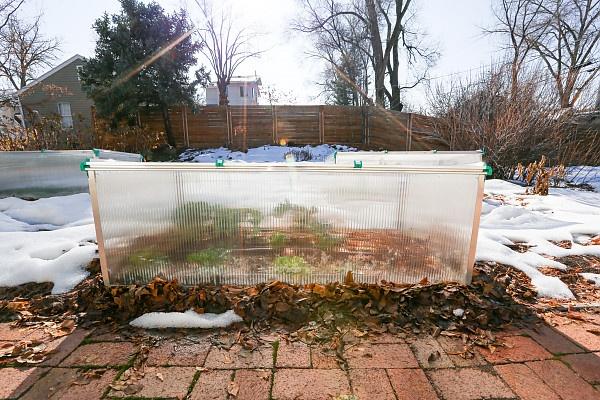Growing Cold Weather Crops With Prefab Cold Frames
Gardening in Utah doesn’t only mean summer tomatoes. If you wish you could eat fresh from the garden all year long, using a cold frame for winter gardening could be the answer to all your fresh eating dreams!
Cold frames are a popular DIY garden project, but if you don’t have the time or know-how to make a cold frame of your own, do not despair. Any gardener can continue to eat fresh food straight from your garden all year long with the help of prefabricated cold frames. Easy to use and maintain prefab cold frames can create a greenhouse environment that extends the growing season for cold weather favorites, like salad greens, beets, carrots, and onions.
We visited Ashley Patterson’s backyard garden for a closer look at her prefab cold frames. Ashley is the Executive Director of Wasatch Community Gardens and an avid home gardener. We came back with great information and tips about growing your own fresh food, even in the winter!












